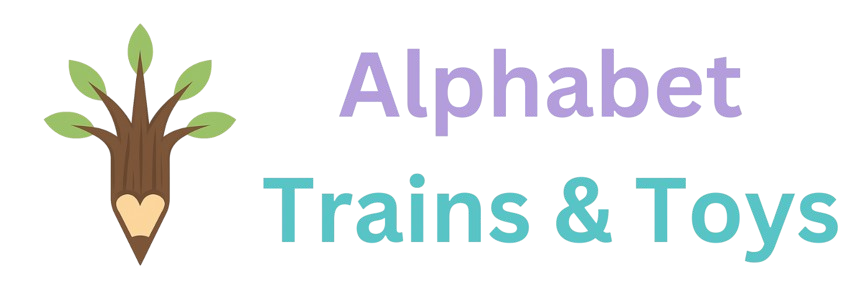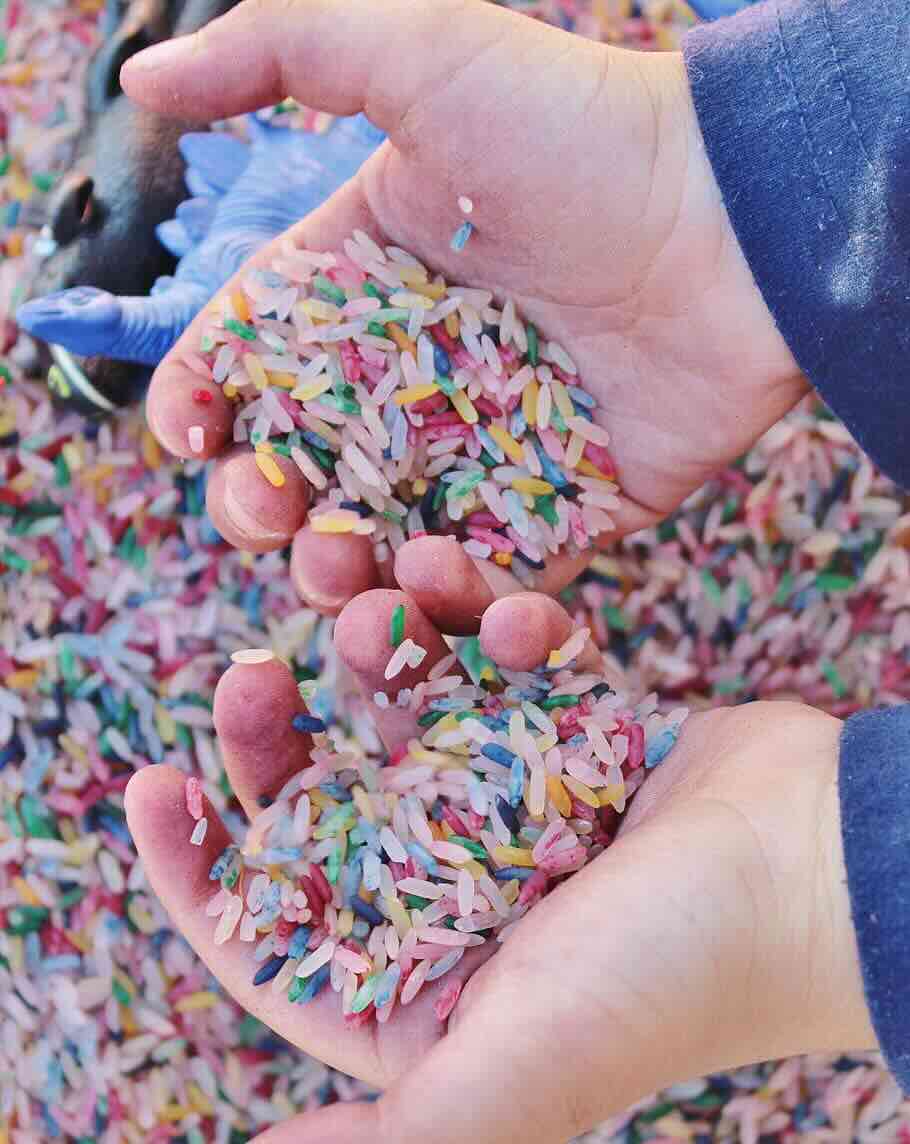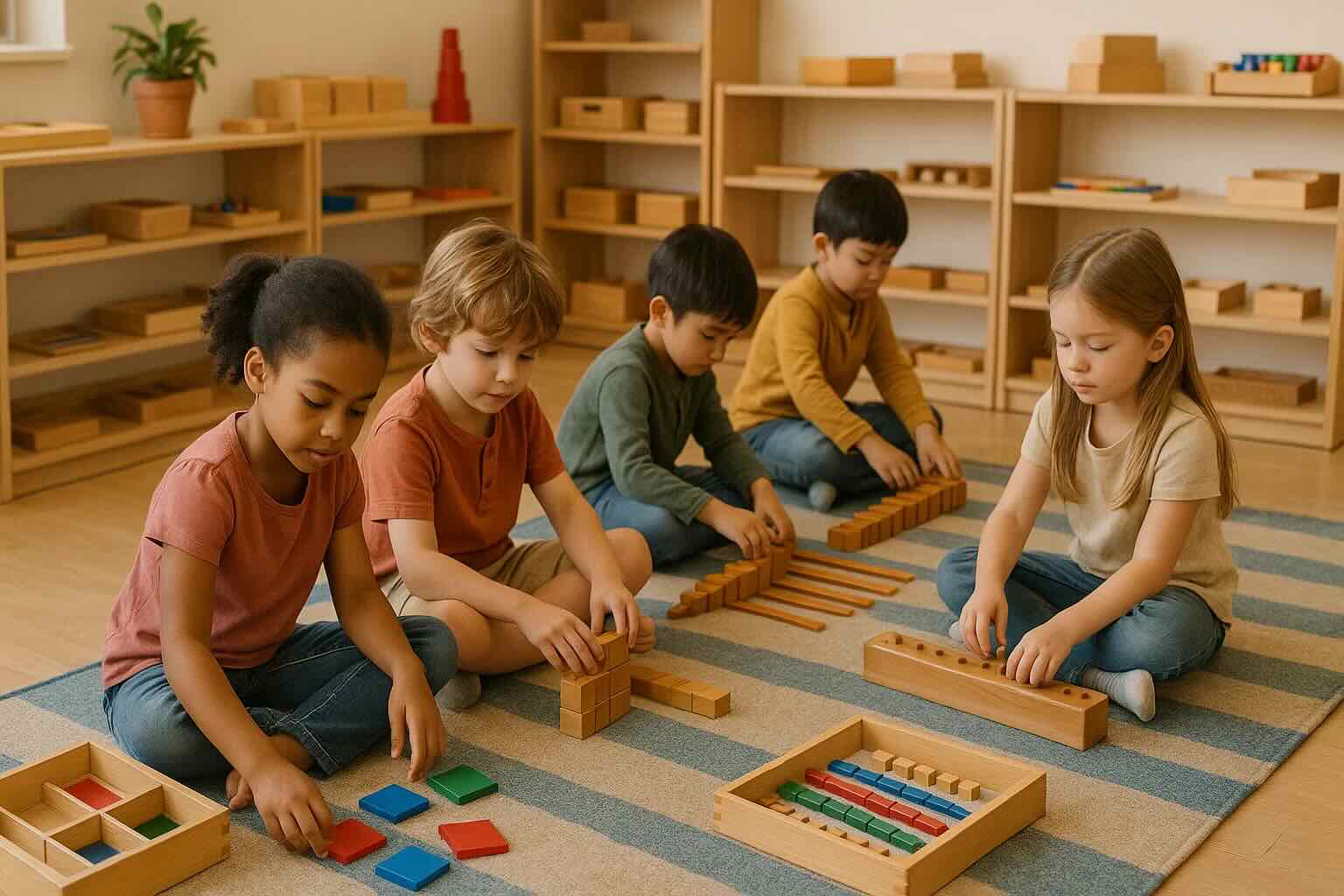In the first five years of life, play is more than fun — it’s the foundation of a child’s motor development. From tummy time to toddler adventures, each stage builds strength, balance, and coordination. Tracking baby developmental milestones helps parents understand what’s typical, what’s worth celebrating, and when to seek support if delays appear. This guide shows you how motor skills grow through play, red flags to watch for, and practical activities that encourage healthy development.
Developmental milestones are skills and activities that children develop at particular ages. Tracking baby developmental milestones is key during the first five years of life. These include physical growth, cognitive, language, social-emotional, and sensory-motor development. Motor development is divided into two main categories: gross motor and fine motor. Gross motor skills are movements that use large muscles in the body such as the torso, arms and legs. Fine motor skills are the movements involving the hands, fingers and wrists and also include coordination of movement with vision. Children can achieve milestones at different rates. However a major delay in the attainment of milestones may indicate a problem such as cerebral palsy, muscular dystrophy or autism.
Let’s look at motor development and types of play by age:
👶 Motor Skills Milestone Checker
Wondering if your child is meeting age-appropriate motor milestones? Select their age range and tick what they can do.
Newborn to 2 months
Infants at this age are at the beginning of their developmental adventure. They can lift their head and push on their forearms while on their tummies. They also hold their fingers in a tight grasp and can hold onto objects such as a rattle for a brief period of time. They also bring their hands to their mouths.
Newborns have several reflexes at this age.
- The rooting reflex occurs when the corner of the baby's mouth is stroked or touched. The baby will turn their head and open their mouth in the direction of the stroking.
- The suck reflex happens when the roof of the mouth is touched by the breast or bottle nipple. Babies also suck on their fingers and hands.
- The moro or startle reflex occurs in response to a loud sound or movement. The baby throws back their head, throws out their arms and legs and cries, then brings their arms and legs back in. The moro reflex lasts until the baby is 5-6 months old.
- The tonic neck reflex or fencing position occurs when the baby's head is turned to one side.The arm on the side of the head is turned to stretch out. The arm on the opposite side bends at the elbow. The tonic neck reflex lasts until 6-7 months of age.
- The grasp reflex occurs when the palm of the hand is stroked and the fingers close in a grasp. This reflex only lasts a few months.
- The step or dance or walking reflex occurs while being held upright. The baby takes steps when their feet touch a solid surface.
- The Babinski reflex occurs when the bottom of the foot is firmly stroked. The toes fan out and the big toe bends backward toward the top of the foot. The Babinksi reflex is normal until a child is two years old.
All of these infant reflexes are important in baby's development
Tummy time benefits are numerous. Tummy time helps an infant strengthen their head and neck. During the tummy time position, babies begin to push up their upper torso. Tummy time should also be supervised and only while they are awake. Tummy time will also reduce flattening of the back of the head that can occur when babies spend too much time on their backs.
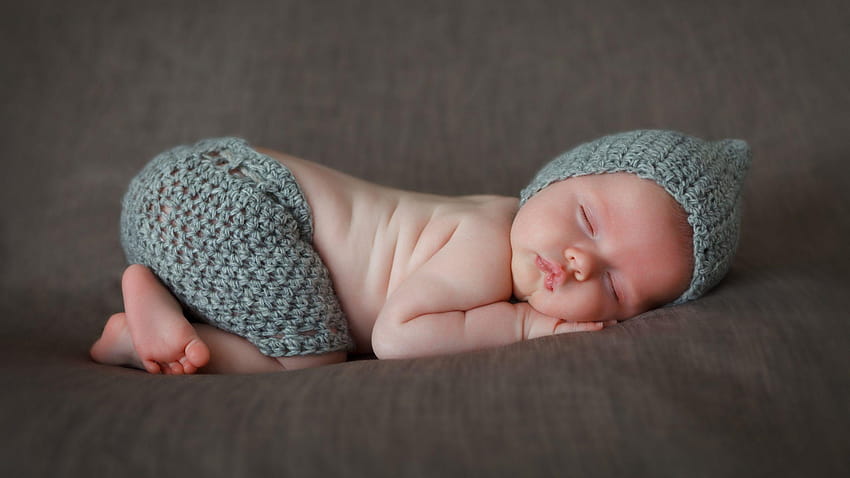
If your baby does not like tummy time on the floor there are other positions to put them in. You can try putting your baby across your lap lying on their belly, position them chest to chest with you lying flat on your back or carry them belly down in a football hold.
Toys at this age include rattles, mobiles, activity gyms. Also high contrast toys- toys in black and white are great for this age group.
2 months to 4 months
The biggest discovery for infants at this age is their hands. They also have more head neck tone and are able to lift their head up. Tummy time continues to be an important time of their day. Babies begin to rock from side to side movements in preparation for rolling over. They engage in sensorimotor play using all their senses to take in their environment.
Toys at this age are similar to the newborn to 2 months range with the addition of toys in bright colors.
4 months to 6 months
Many infants start to roll from tummy to back at 4 months of age. Most infants can also roll over from back to tummy by 6 months of age. They also can sit with support and hold their head steady while sitting. Infants begin to support their body with their legs when held upright. They reach for and grasp objects. Infants can also follow moving objects with their eyes. Objects go into their mouths for exploration.
Toys at this stage include teething toys, sensory toys, lovies (soft blanket toys), sensory books, activity mats.

6 months to 9 months
Babies are now on the move! They are expert in rolling over and may use this as a means to move about. They can sit without support. Babies start pulling themselves to stand using a crib rail or sofa for support. They also scoot or rock back and forth. Crawling starts at this age range. They also bounce when held in a standing position. Fine motor skills include holding items with a pincer grasp (thumb and forefinger) and transferring objects between hands.
Toys at this age include stuffed animals, dolls, toy cars, and musical toys. Fabric blocks, sensory balls and board books are also fun for this age group.
9 months to 12 months
Babies at this age are expert crawlers. They also start to cruise- walk with the support of furniture. They can feed themselves finger foods and may also start to use a spoon.

Toys at this age include stacking toys such as rings, wooden blocks, push toy walkers, simple musical instruments such as shakers and drums. Board books are fun for babies this age. Baby walkers should be avoided as they can tip over causing injury. They also promote toe walking.
12 to 15 months
Toddlers at this age begin to walk more steadily, stand up without support, and can kick a ball. They can stack 2-3 blocks and scribble with large crayons.
Additional fun activities for this age group include balls of medium size, water play in the tub or on water trays. Large crayons are great for scribbling on butcher paper or construction paper.
Up to this age, children primarily engage in play alone, not interacting with others. They do not show an interest in playing with other toddlers of the same age.
15 to18 months
Toddlers at this age are expert walkers. They can walk up stairs with support. Toddlers can climb down stairs on their belly and feet first. They also run but can easily fall down. Toddlers may engage in pretend play or imitate using things such as a phone, cup or book. Toddlers are better able to kick a ball.
Fun toys include toys for pretend play- such as reading, cooking, tea time, dress up, feeding a stuffed animal or doll. Also playing outdoors is important for exploring their environment.
18 months - 24 months
Toddlers in this range can use a spoon to feed themselves, open containers and boxes, stack blocks 4 blocks high. They can complete simple puzzles of 3 to 5 parts.

Toys for this age group include simple puzzles, balls, books and blocks. Toddlers enjoy pretend play. Playdough is also fun for pretending to cook or creating shapes, but be cautious that your baby doesn't put it in their moth. Toys with pop-ups, nesting and sorting toys are great. Toys that have open doors and knobs are also fun.
2 year old
Preschoolers in this range run without falling, jump, stand on tip toes, and pull toys behind them while walking. They enjoy being read to and may imitate reading a book. Children at this age begin to engage in parallel play. Parallel play is the playing in proximity to others. They may play with similar toys but do not interact with other children.

Additional toys for this age group include toys for pretend play such as toy brooms and mops, toy hammers and tools, scarves and hats. Empty containers, wooden spoons, shape sorters are also fun. Mini slides and basketball hoops are great preparation for outdoor playground play. Balance cycles- bikes without pedals meant for scooting are also enjoyable.
3 year old
Children at this age have achieved many fine motor skills. They can use a spoon and are starting to use a fork. They can draw simple lines and copy a circle. They can stack 10 blocks. Gross motor skills include running and jumping easily, climbing stairs alternating feet, standing on tip toe, riding a tricycle. They can kick a ball, throw a ball overhand and can catch a bounced ball. Three year olds can also dress and undress with some help. They are more aware of other children. They start to interact with others during play. Associative play is an important stage in which social skills are developing. Children start to share toys, imitate each other.
Toys at this age include balls, larger puzzles, large blocks to play forts, toys that inspire pretend play. Children also enjoy playing with large boxes. In addition to toys, children at this age enjoy playing games. For example games such as Simon Says, London Bridges Falling Down, Limbo teach children how to interact. Playing these games is the beginning of cooperative play in which children play together towards a common goal.
4 year old
Children at this age can walk up and down stairs alternating feet. They can hop on one foot and stand on one foot for up to five seconds. They can climb the rungs on the ladder of a playground slide and slide down without help. Fine motor skills include drawing a person with head, arms and legs, and using child-safe scissors to cut paper. Children also begin to copy capital letters, triangles and squares. They are able to use a fork and spoon without difficulty. They engage in cooperative play. Cooperative play helps to develop sharing, negotiating conflict, learning compromise and problem solving skills.
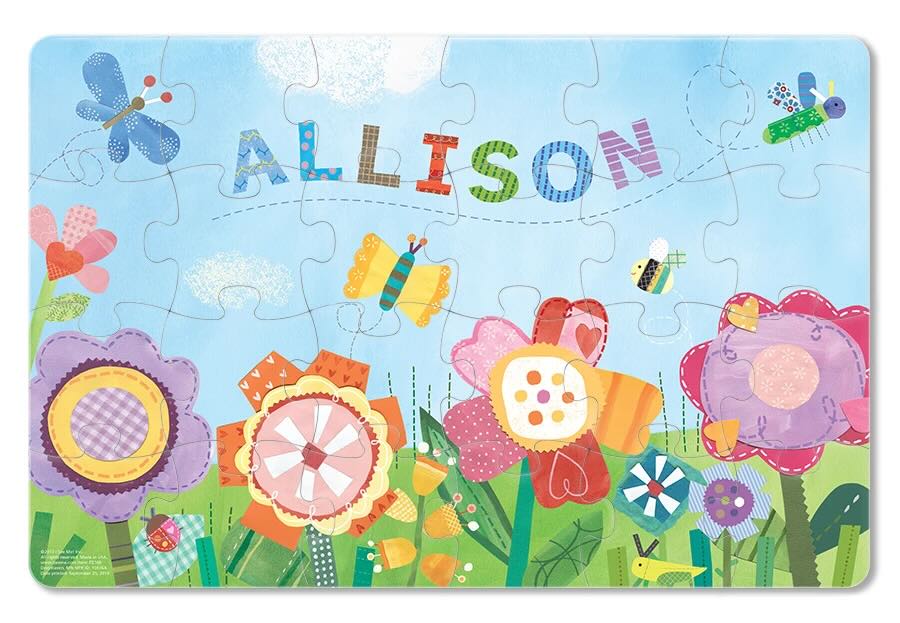
Toys at this age include puzzles, simple board games, pretend play items. Children at this age may engage in elaborate play i.e. taking their stuffed toys to the doctor, having a tea party, building sand castles. Also give your child opportunities to dance, draw and sing. These activities are important for imaginative play.
5 year old
Children at this age are very agile. They can skip and do somersaults. They are adept at climbing and swinging on playground equipment. Some children may start classes in complicated movements such as ballet and martial arts. Fine motor skills include drawing a person with a head,body, arms and legs. They may also eat using a fork and knife. Children this age start writing their names. They may exhibit a hand preference although some children may still be ambidextrous.
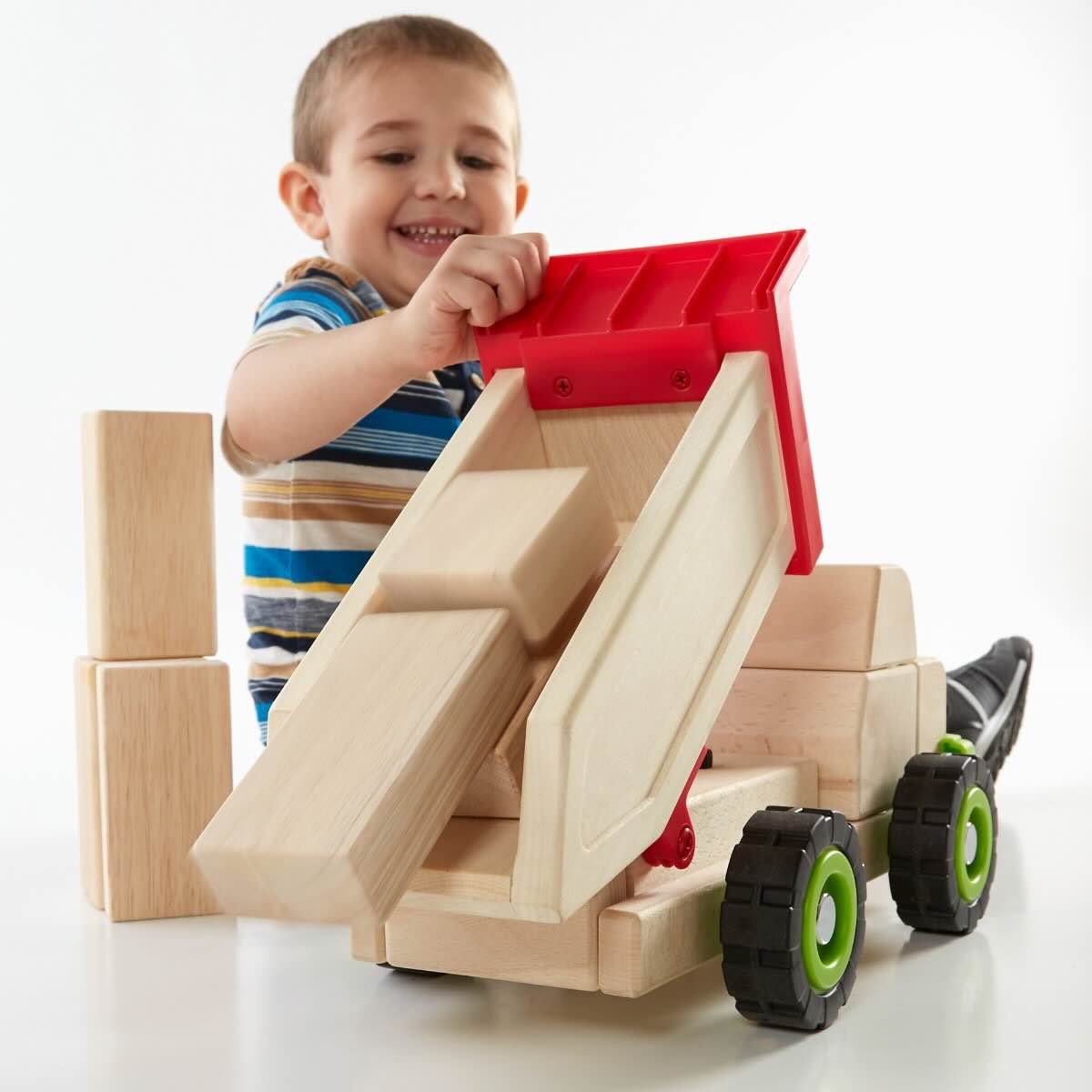
Toys at this age include more complicated board games such as Chutes and Ladders and Candyland. Pretend play items are still fun for this age. Children enjoy playing with trucks and cars either on a track or directly on the floor. Arts and crafts are also fun at this age.
💡 More Ways to Support Your Child’s Development
Explore expert-curated toys and tips to help your child build motor skills through play.
When your child is not achieving milestones
Most children achieve developmental milestones in sequence. Gross motor development occurs from head down to the rest of the body. Fine motor skills develop concurrently. Some children do not develop at the same rate or miss some milestones. Premature infants develop later than their normal birth peers.
Signs of gross motor delay include: Problems rolling over, sitting up or walking, head stays back when pulling body up by the arms, muscles seem stiff or floppy or problems with balance or walking. Parents may be concerned if their child does not develop at the same rate as other children,if their child’s movements are different from other children or if they lose a skill that they originally had. A child with gross motor delay may be referred to a physical therapist.
Signs of fine motor delay include difficulty holding objects or buttoning clothes, problems with feeding themselves. Children with fine motor delays may be referred to an occupational therapist.
Your pediatrician will screen for developmental problems at 9 months, 18 months and 30 months of age. Your pediatrician will also ask several questions about development at each well child visit. Do not wait for developmental screening if you have concerns. Early identification of problems can be beneficial.
Here are several resources for more information about developmental delays:
Resources:
Frequently Asked Questions About Motor Development
When should my baby start crawling?
Most babies crawl between 6–10 months. Some may scoot or move differently — that’s still normal as long as other motor milestones are being met. If your baby isn’t mobile by 12 months, talk with your pediatrician.
What if my child skips crawling and goes straight to walking?
Skipping crawling isn’t always a concern, but it’s important to ensure your child develops balance, coordination, and strength through other types of play. Encourage floor time and activities that strengthen the core muscles.
How can I tell if motor skill delays are serious?
Red flags include stiff or floppy muscles, inability to bear weight on arms or legs, or missing multiple milestones by several months. Always consult your pediatrician for an evaluation if you’re concerned.
Which toys are best for supporting motor skills?
Montessori toys, stacking blocks, push toys, and sensory play items help babies and toddlers practice coordination and balance. Choose toys that match your child’s current developmental stage.
This article was reviewed by Pierrette Mimi Poinsett, M.D., a practicing pediatrician. Content is for educational purposes only and should not replace professional medical advice. For personalized guidance, always consult your pediatrician.

